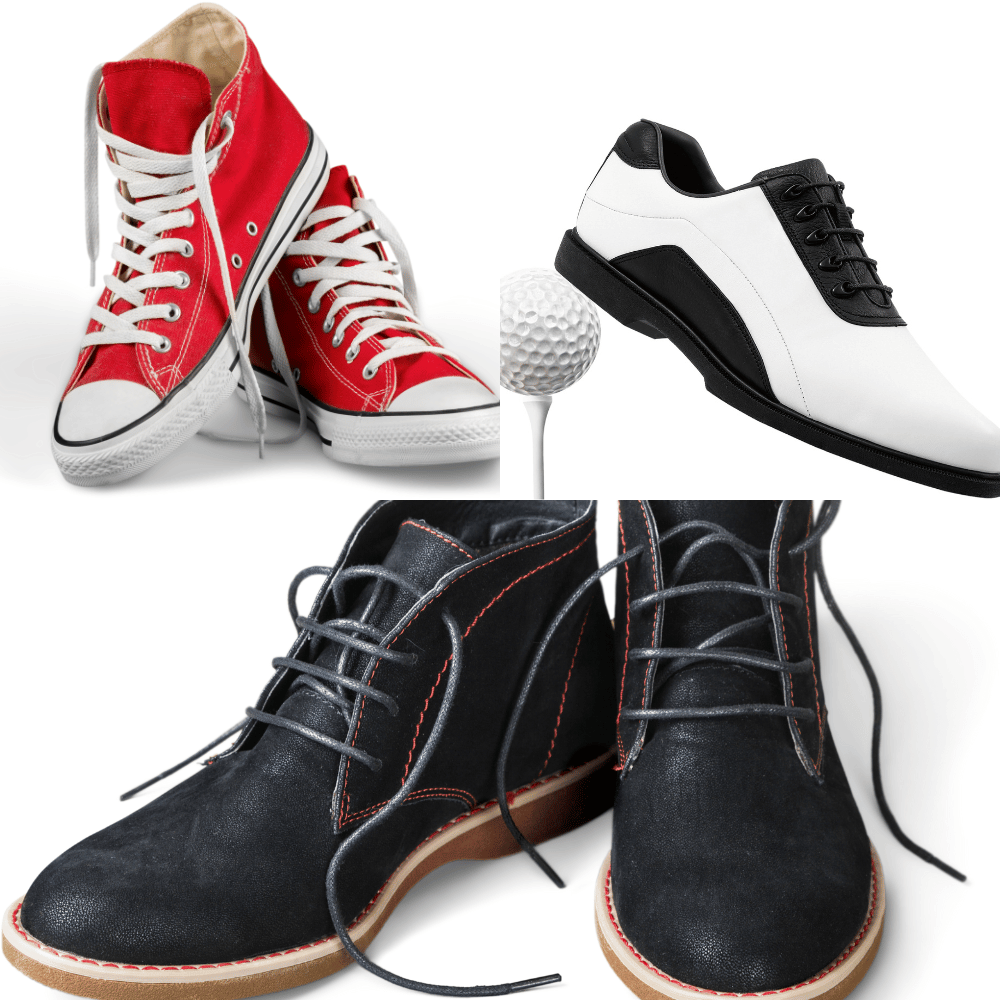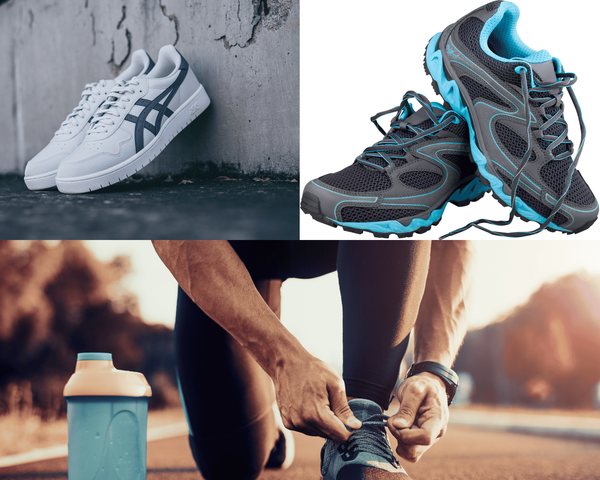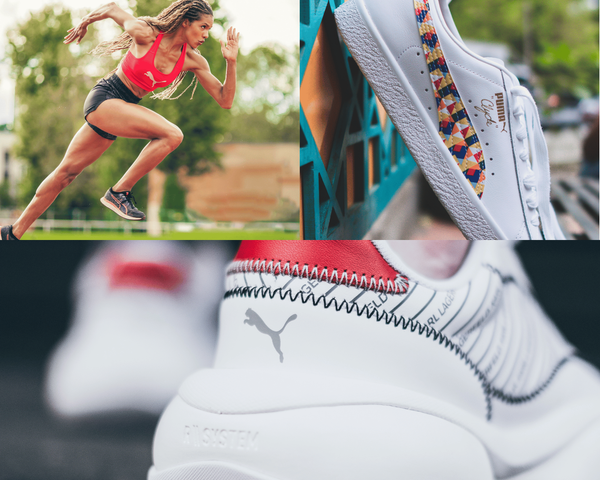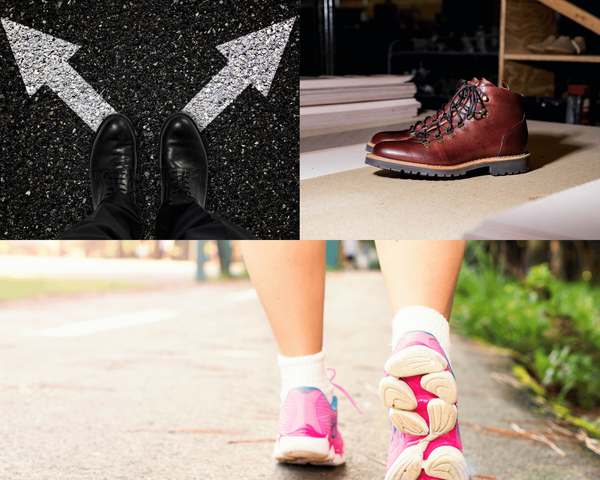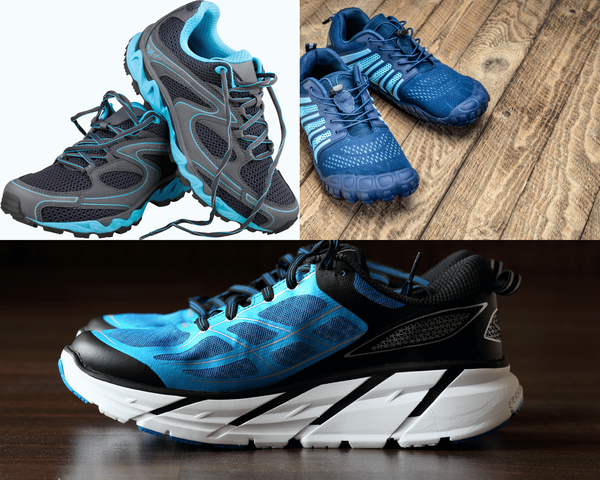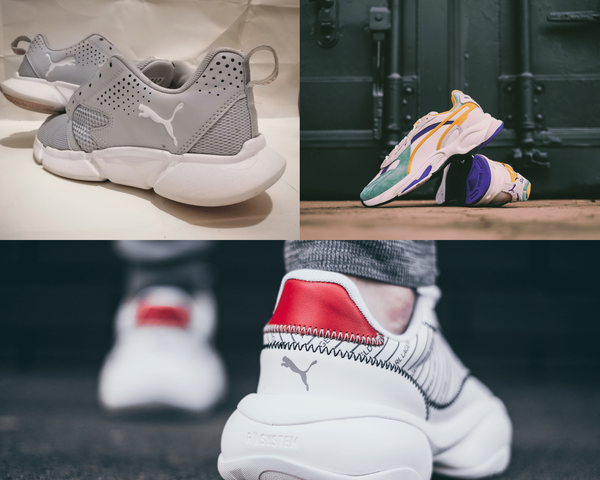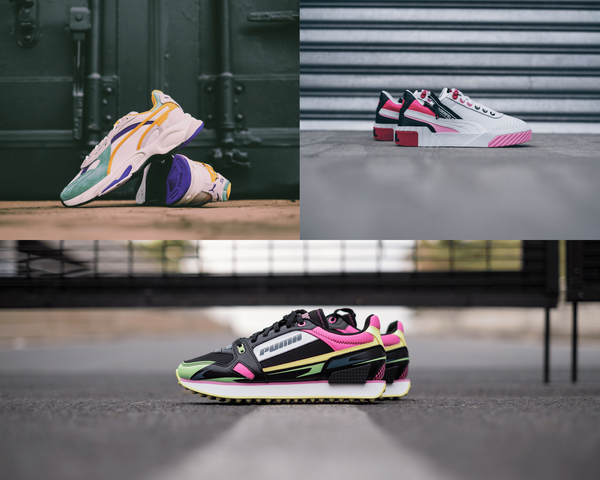Bartending is not just about mixing drinks and entertaining guests; it's also a physically demanding job that requires being on your feet for long hours. The right footwear is not just a matter of comfort; it's a critical component for safety and performance. In this article, we'll dive into the types of shoes that bartenders should consider to keep their feet happy and their shifts smooth.
Key Takeaways:
- Bartenders should prioritize slip-resistant shoes to ensure safety in a wet and fast-paced environment.
- Comfortable shoes with proper support are crucial due to the long hours spent standing.
- Opting for durable shoes can be cost-effective in the long run due to the demanding nature of bartending work.
Understanding the Bartender's Environment
When it comes to bartending, the environment is as important as the skills. Bartenders spend hours on their feet, often on wet, slippery floors. This unique workplace demands footwear that can handle the pace and the spills. The right pair of shoes can mean the difference between a good shift and a bad one, or even a safe shift and a dangerous one.
The Non-Negotiable: Slip-Resistant Shoes
Slip-resistant shoes are not just a recommendation; they're a necessity. The hustle of a busy bar often leads to spilled drinks and a slick floor. A shoe with a strong grip can prevent accidents, keeping both the bartender and patrons safe. When searching for slip-resistant shoes, look for soles with a tight pattern, as they tend to offer better traction on slippery surfaces.
Comfort is Key: Choosing Comfortable Shoes
Comfortable shoes are the second non-negotiable for bartenders. The long hours of standing, walking, and sometimes even running during a shift can take a toll on your feet, legs, and back. Shoes with proper arch support, cushioning, and a comfortable fit are essential. They help reduce the strain on your body, allowing you to focus on your customers rather than your aching feet.
Durability Matters: Investing in Durable Shoes
Durable shoes are a smart investment for any bartender. The wear and tear of nightly shifts can quickly break down lesser-quality footwear. Durable shoes, while perhaps more expensive upfront, will withstand the rigors of the job and last much longer. This means fewer replacements and, ultimately, savings over time.
The Material Difference: Leather vs. Synthetic
When it comes to the material of bartender shoes, leather and synthetic options both have their advantages. Leather shoes are known for their durability and ability to mold to the shape of your feet, offering a personalized fit over time. Synthetic materials, on the other hand, can be lighter and more resistant to liquids, which is beneficial in a spill-prone environment.
The Style Factor: Professionalism and Personality
While functionality is paramount, style shouldn't be overlooked. The shoes a bartender wears can contribute to the overall impression of professionalism. Many venues have a dress code, and your shoes should complement it. However, there's room for personality, too. A unique pair of shoes can be a conversation starter and add to the ambiance of the bar.
The Fit: Getting It Right slip resistant soles
A proper fit is crucial for any shoe, but especially for those worn by bartenders. Shoes that are too tight can cause blisters and calluses, while shoes that are too loose can lead to tripping or falling. It's important to try on shoes later in the day, as feet tend to swell after hours of standing, to ensure the fit will be comfortable throughout the shift.
The Importance of Breathability bartending shoes
Breathability is an often-overlooked aspect of bartender shoes. Feet can get hot and sweaty during a busy shift, leading to discomfort and even foot health issues. Shoes with breathable materials or ventilation can help keep feet dry and cool, work shoes, which is essential for those long nights behind the bar.
The Role of Insoles: Enhanced Comfort and Support
Insoles can be a game-changer for bartenders. They offer additional cushioning and support, which can be tailored to individual needs. Whether it's extra arch support or a bit more padding under the heel, insoles can make a comfortable shoe even more so and can be replaced as needed to maintain that level of comfort.
The Balance of Weight: Light vs. Heavy Shoes
The weight of the shoes can also impact a bartender's comfort and endurance. Heavy shoes can lead to quicker fatigue, while light shoes may not offer enough protection or durability. Finding the right balance is key, and it often comes down to personal preference and the specific demands of the bar environment.
The Price Point: Budgeting for Quality best shoes features for bartenders
Price is always a consideration, athletic shoes, but it's important to balance cost with quality. Cheaper shoes may save money in the short term but will likely need to be replaced more often.
Investing in a more expensive, high-quality pair of shoes can be more cost-effective over time, feet comfortable, waterproof shoes, roomy toe box especially when considering the demands placed on bartender footwear.
The Importance of Proper Maintenance dansko walker shoes
Maintaining your shoes is just as important as choosing the right pair. Regular cleaning and conditioning (for leather shoes) can extend their life and appearance. Additionally, rotating between two pairs of shoes can allow them to air out and reduce wear, prolonging their usability.
The Safety Standards: Certifications and Endorsements
When selecting bartender shoes, it's wise to look for certifications or endorsements that guarantee slip-resistance and safety. Organizations like the Occupational Safety and Health Administration (OSHA) in the United States set standards for workplace safety, supportive footwear, including footwear. Shoes that meet these standards are a reliable choice.
The Final Decision: Personal Preference
Ultimately, the best shoes for a bartender are the ones that meet all the necessary criteria and feel right for the individual. It's important to consider personal comfort, wet or oily surfaces, best shoes for bartenders, quality shoes, fit, and style preferences when making the final decision.
After all, bartenders need to feel confident and comfortable to perform at their best.
The Evolution of Bartender Shoes: Trends and Innovations
The world of bartender shoes is always evolving, with new trends and innovations aimed at improving comfort, safety, and style. Staying informed about the latest developments in footwear technology can lead to even better choices in the future.
Summary
Choosing the right shoes for bartending is about balancing safety, comfort, durability, and style. Slip-resistant shoes are a must to prevent accidents, while comfortable and durable shoes will support a bartender throughout their shift. Considering material, slip resistant sole, fit, non-slip shoes, breathability, and proper maintenance will ensure that the shoes last longer and keep the bartender happy and healthy. While price is a factor, investing in quality footwear pays off in the long run. Ultimately, the best shoes are those that meet professional requirements while also suiting personal preferences.
FAQ Section
Q: How often should I replace my bartender shoes?
A: The lifespan of bartender shoes varies depending on their quality and how well they're maintained. As a general rule, replace your shoes when you notice the cushioning has worn down or the slip-resistance has diminished.
Q: Can I wear sneakers as a bartender?
A: While some sneakers may be comfortable, they often lack the necessary slip-resistance and durability needed for bartending. It's best to choose shoes specifically designed for work environments.
Q: Are there specific brands known for good bartender shoes?
A: Yes, there are brands that specialize in work footwear, including shoes for bartenders. Look for brands with good reviews from industry professionals and that offer slip-resistance, comfort, and durability.
